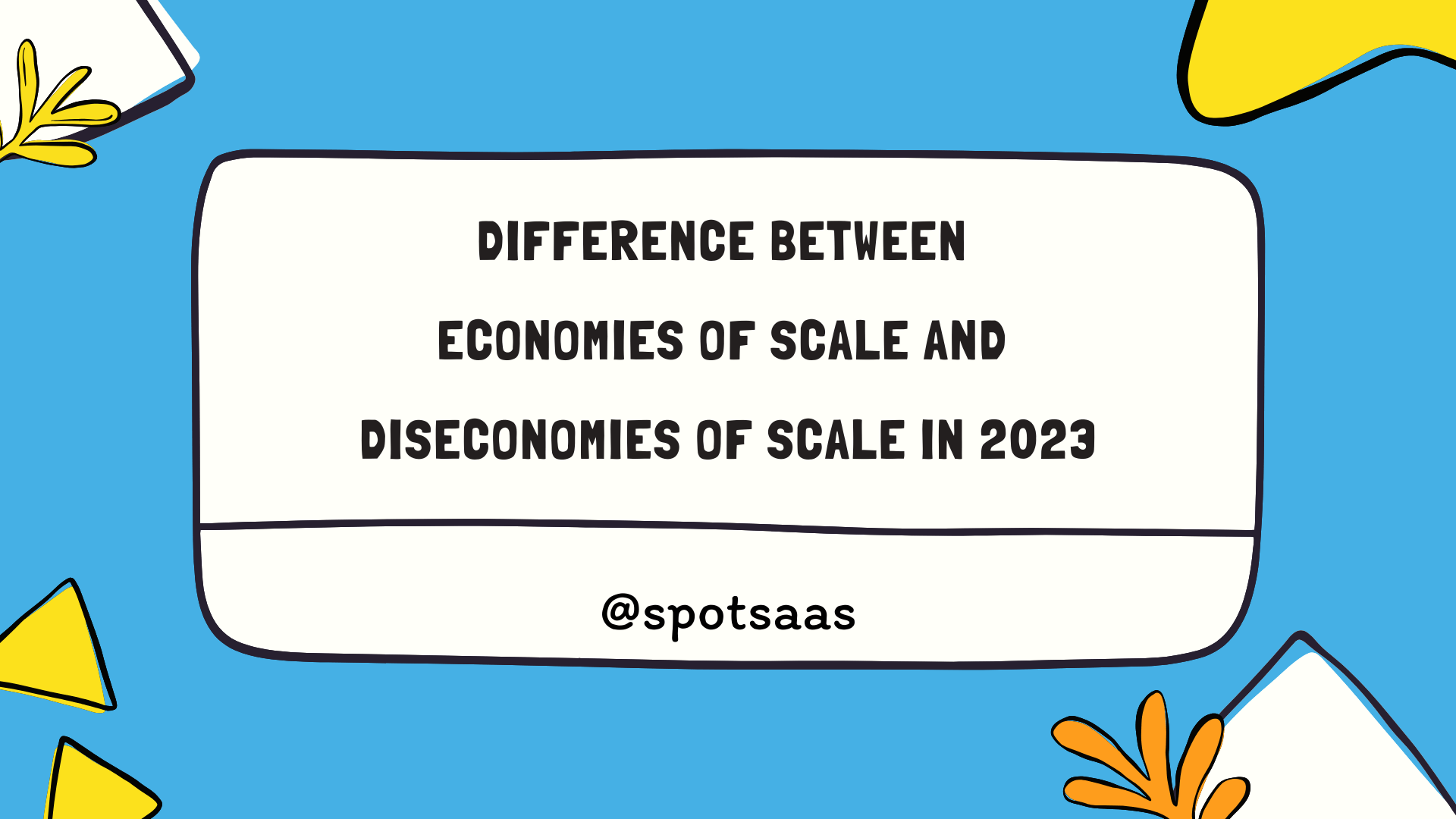Struggling to keep track of your goals and their progress? You’re not alone. Many people find it challenging, but the key to accomplishing more is by setting concise weekly goals.
This article will equip you with strategies on how to set achievable weekly objectives and provide over 30 goal examples across various life areas.
Key Takeaways
- Setting concise weekly goals helps you stay on track and break up big tasks into smaller, manageable ones.
- Weekly goals are a powerful tool for self-improvement and have the added benefit of reducing stress in your work or personal life.
- To set and achieve weekly goals, reflect on what you want to accomplish, schedule specific tasks with reminders, and celebrate your achievements along the way.
- Short-term weekly goals provide immediate satisfaction while long-term weekly goals allow for continuous improvement and strategic planning. Both types are important for personal growth.
- Examples of goal areas include work/career, fitness/health, mental/emotional well-being, relationships, and daily life activities.
Benefits of Setting Weekly Goals

Setting weekly goals helps to keep you on track. It lets you split big tasks into smaller ones. This makes them easy to manage and less scary. You will feel good as you finish each task.
With this, your focus gets better.
Weekly goals are also a powerful self-improvement tool. They push you to learn new things and grow every week. One goal can be buying a course about a new skill, for instance. Also, setting weekly objectives keeps stress in check as it brings order to work or personal life tasks.
How to Set and Achieve Weekly Goals
Reflect on your goals and identify what you want to achieve in the upcoming week. Schedule specific tasks and set reminders to stay focused and motivated. Celebrate your achievements along the way to maintain momentum and keep pushing towards success.
Reflect and identify goals
Setting weekly goals starts with reflection and goal spotting. Here is a step-by-step guide:
| Steps | Description |
|---|---|
| 1. Reflect | Allocate quiet time for deep thinking. |
| 2. Identify Weekly Tasks | Recognize tasks for the upcoming week. |
| 3. Write Down Tasks | List tasks on paper for clarity. |
| 4. Focus on Growth | Choose tasks aiding in personal or professional growth. |
| 5. Include Professional Goals | Add any business or work-related targets. |
| 6. Add New Skills | If aiming to learn something new, list it. |
| 7. Learn from the Past | Use previous experiences as reference points. |
| 8. Consider Side Hustles | Reflect on any side business ideas or projects. |
Schedule and set reminders
Set your goals and meet them every week. Follow these steps:
| Action | Description |
|---|---|
| Note Weekly Goals | Pen down objectives for the upcoming week. |
| Utilize Goal Trackers | Employ daily trackers for systematic organization. |
| Clean Your Workspace | A tidy space aids in mental clarity. |
| Allocate Time for New Tasks | Reserve moments for activities like side-hustle research. |
| Set Alarms | Use reminders to ensure crucial tasks aren’t forgotten. |
| Invest in Learning | If possible, purchase a course about a novel skill weekly. |
| Monitor Progress | Stay aware of completed tasks and pending objectives. |
Celebrate achievements
It’s important to celebrate your achievements when setting and achieving weekly goals. By acknowledging and celebrating what you’ve accomplished, you’ll boost your motivation and confidence.
This can be as simple as treating yourself to a small reward or sharing your success with others. Recognizing your progress will help you stay focused and motivated as you continue working towards your goals.

Advantages and Disadvantages of Short and Long-Term Weekly Goals
Short-term weekly goals provide a sense of immediate accomplishment, while long-term weekly goals offer a bigger picture perspective and potential for significant growth.
Advantages of each type
There are key advantages to both short-term and long-term weekly goals. Short-term goals offer immediate satisfaction and tangible results, while long-term goals provide a framework for continuous improvement and strategic planning. Below you will find the benefits of each type presented in a table format.
| Type of Goal | Advantages |
|---|---|
| Short-Term Weekly Goals | Immediate satisfaction and tangible results. These goals encourage individuals to look back at their achievements to rank tasks and set clearer goals for the week. One example of a short-term weekly goal can be cleaning up your workplace. |
| Long-Term Weekly Goals | Framework for continuous improvement and strategic planning. They allow for development over a longer period, like learning a new skill by purchasing a course or researching side-hustle ideas. Picking up a new project is also a potential long-term weekly goal. |
Both short-term and long-term weekly goals play essential roles in personal growth and self-improvement, offering over 150 weekly goal ideas. These goals can vary from work and career goals to fitness, health, mental and emotional wellbeing, relationship and daily life goals.
Disadvantages of each type
Short-term weekly goals, although ideal for quick wins and instant motivation, can sometimes lead to a lack of long-term perspective and may not always contribute to larger, life-changing achievements. On the other hand, long-term weekly goals, while great for continuous growth and progress, can sometimes feel overwhelming and may require a greater amount of time and effort to achieve.
| Type of Goal | Disadvantages |
|---|---|
| Short-Term Weekly Goals |
|
| Long-Term Weekly Goals |
|
As an individual sets his/her weekly goals, it’s important to reflect on past failures and achievements. This will allow a clearer understanding of what works and what doesn’t, hence, allowing for better planning and clearer goals for the week. Tools such as weekly focus ideas, a printable template, and daily goal trackers can be utilised to help set and track these goals effectively.

30+ Goal Examples for Different Areas of Life
Discover a wide range of goal examples for various aspects of your life, including work, fitness, mental well-being, relationships, and more. Find inspiration and practical ideas to set meaningful goals that can lead to personal growth and fulfillment.
Work and career goals
Setting work and career goals is important for personal growth and success in the technology industry. Here are some examples of weekly goals that can help you progress in your professional life:
| Objective | Details |
|---|---|
| Project Milestone | Aim to finish a project phase by week’s end. |
| Networking Event | Participate to broaden professional ties. |
| Continual Learning | Explore a novel technology or coding language. |
| Enhance Productivity | Tidy up your physical and digital work areas. |
| Address Skill Gaps | Use online courses to bridge any knowledge voids. |
| Set Sales Targets | If in sales, establish specific revenue or sales objectives. |
| Team Collaboration | Join forces with peers on a shared venture to boost teamwork. |
| Manager Check-ins | Hold frequent meetings with your supervisor for feedback. |
Fitness and health goals
Maintaining a healthy lifestyle is essential, even for technology enthusiasts. Here are some fitness and health goals you can set on a weekly basis:
| Activity | Frequency/Amount |
|---|---|
| Walk or Bike Ride | 30 minutes, three times a week. |
| Stretching Exercises | 20 minutes every morning. |
| Water Intake | Eight glasses daily. |
| Homemade Nutritious Meal | At least four times a week. |
| Sugary Snacks | Limit to once a week. |
| Sleep | Seven to eight hours nightly. |
| New Fitness Activity | Try once a week. |
| Break from Sitting | Stretch for five minutes every hour. |
| Daily Steps | Aim for 10,000 steps. |
| Snack Replacement | Swap one unhealthy snack for fruit or vegetables. |
Mental and emotional wellbeing goals
Setting goals for your mental and emotional well-being is crucial for a balanced and fulfilling life. Here are some examples of weekly goals that can help improve your mental and emotional wellbeing:
| Activity | Description/Frequency |
|---|---|
| Mindfulness or Meditation | At least 10 minutes daily. |
| Creative Activity | Express emotions via activities like painting or writing. |
| Relaxation Breaks | Take breaks throughout the day. |
| Self-care Activities | Regularly indulge in baths, reading, etc. |
| Connect with Loved Ones | Arrange virtual dates or phone calls. |
| Gratitude Exercise | Write three grateful points daily. |
| Limit Negative News | Prioritize uplifting content. |
| Technology Boundaries | Establish no-phone zones or screen-free hours. |
| Positive Self-talk | Challenge negative thoughts. |
| Deep Breathing | Practice when feeling stressed or overwhelmed. |
Relationship goals
Building and nurturing healthy relationships is important for personal growth and overall well-being. Here are some relationship goals you can set on a weekly basis:
| Advice/Action | Description |
|---|---|
| Date Night | Dedicate quality time together. |
| Communication | Be open and honest with your partner. |
| Express Gratitude | Show thankfulness towards loved ones. |
| Show Appreciation | Through gestures or acts of kindness. |
| Conflict Resolution | Address issues calmly and respectfully. |
| Plan Activities | Engage in fun tasks together to bond. |
| Support Dreams | Be there for each other’s aspirations. |
| Active Listening | Focus and engage during conversations. |
| Thoughtful Surprises | Gifts or gestures to show you care. |
| Love Notes | Leave affectionate messages for your partner. |
Daily life goals
Daily life goals are important for maintaining a balanced and fulfilling lifestyle. Here are some examples of daily life goals that you can set:
| Activity/Practice | Duration/Recommendation |
|---|---|
| Gratitude | Start and end each day with it. |
| Mindfulness or Meditation | At least 10 minutes. |
| Physical Activity | At least 30 minutes. |
| Nutritious Meals | Healthy breakfast, lunch, and dinner. |
| Hydration | Drink 8 glasses of water. |
| Connect with Loved Ones | Through calls or quality time. |
| Self-Care | Take breaks throughout the day. |
| Reading or Learning | At least 15 minutes. |
| To-Do List | Prioritize and organize tasks. |
| Sleep Hygiene | 7 – 8 hours of sleep nightly. |

Conclusion
Setting and achieving weekly goals is a powerful way to make progress in different areas of your life. By reflecting on your goals, scheduling them, and celebrating your achievements, you can stay focused and motivated.
Whether it’s work, fitness, relationships, or personal growth, setting weekly goals helps you prioritize what matters most and take steps towards success. With over 30 goal examples provided in this article and practical strategies to set and track your goals, you now have the tools to start making positive changes every week.
Frequently Asked Questions
Why is setting weekly goals important?
Setting weekly goals helps to prioritize tasks and stay focused, increasing productivity and motivation.
How do I set effective weekly goals?
Set specific, measurable, achievable, relevant, and time-bound (SMART) goals that align with your long-term objectives.
What are some examples of weekly goals?
Examples of weekly goals include exercising for 30 minutes every day, completing a work project by Friday, or reading two chapters of a book.
How can I track my progress towards achieving my weekly goals?
Use a planner or digital tool to write down your goals and track your progress regularly. You can also break bigger goals into smaller milestones for easier monitoring.
What should I do if I don’t achieve all my weekly goals?
Reflect on the reasons why you couldn’t achieve certain goals and make necessary adjustments in your approach or timeframe for future weeks. Focus on learning from setbacks rather than getting discouraged.




